BRIGHT ANGEL CANYON

Go To GRAND CANYON Page
"151 YEARS AGO", In 1869, Major John Wesley Powell's pioneering exploration
of the Colorado River reached the South Rim of The Grand Canion.
of the Colorado River reached the South Rim of The Grand Canion.
WEBMASTER
GRAND CANYON, ARIZONA
CONSTRUTING BRIGHT ANGEL TRAIL
Powell regretted having named a muddy creek upstream
the "Dirty Devil." Later, when he found a creek with sparkling
clearwater, he gave it the more reverent name,
"Bright Angel," after a character in Milton's Paradise Lost.
The name has since spread, a
dding its charm to several Grand Canyon features.
the "Dirty Devil." Later, when he found a creek with sparkling
clearwater, he gave it the more reverent name,
"Bright Angel," after a character in Milton's Paradise Lost.
The name has since spread, a
dding its charm to several Grand Canyon features.
In the spring of 1902, François Émile Matthes, a U.S. Geological Surveyor, was assigned to the task of beginning the topographic mapping of the Grand Canyon. His party started work on the South side. For several months they will be performing surveying operations - triangulation, leveling and plane table mapping.
Bright Angel Canyon is carved along a great fracture in the earth's crust, - a "fault", as it is termed by geologists, on which the strata are offset vertically by more than a hundred feet, and the lines of cliffs are consequently broken.The same fault extends southwestward into the embayment on the south side of the chasm. It did not take us long, therefore, to discover a route along this fault where the Red Wall, the Cliff of the Coconino sandstone, and the lesser cliffs are interrupted by slopes of debris.
On the day when we started to examine the route, there emerged from the head of Bright Angel Canyon two haggard men and a weary burro. These men, Sidney Ferrall and Jim Murray, had explored up through the Canyon and had fought their way up along the fault zone.
Bright Angel Canyon is carved along a great fracture in the earth's crust, - a "fault", as it is termed by geologists, on which the strata are offset vertically by more than a hundred feet, and the lines of cliffs are consequently broken.The same fault extends southwestward into the embayment on the south side of the chasm. It did not take us long, therefore, to discover a route along this fault where the Red Wall, the Cliff of the Coconino sandstone, and the lesser cliffs are interrupted by slopes of debris.
On the day when we started to examine the route, there emerged from the head of Bright Angel Canyon two haggard men and a weary burro. These men, Sidney Ferrall and Jim Murray, had explored up through the Canyon and had fought their way up along the fault zone.
The prospects of the return of the survey party by this new route became brighter. However, it does not follow that where a small burro was boosted up, a pack train of heavily loaded horses and mules can come down in safety. Two of the party, therefore, set themselves the task of cutting out brush and rolling out logs and boulders, so as to make a reasonably clear way for the pack train. This work was carried all the way down to the mouth of the canyon.
On the 7th of November we broke camp and proceeded down our new trail. So steep was it in certain places that the animals fairly slid down on their haunches. So narrow between the rocks was it at one point, that the larger packs could not pass through and had to be unloaded. Of accidents there were more than can be here be chronicled, but none of them, fortunately was of a serious nature.
On the 7th of November we broke camp and proceeded down our new trail. So steep was it in certain places that the animals fairly slid down on their haunches. So narrow between the rocks was it at one point, that the larger packs could not pass through and had to be unloaded. Of accidents there were more than can be here be chronicled, but none of them, fortunately was of a serious nature.
By noon, the bottom of Bright Angel Canyon was reached, The next year, when the survey was extended eastward, Bright Angel Canyon became our regular route of travel across the Grand Canyon, both northward and southward, although the trail remained as rough as ever.
When the National Park Service took over the Grand Canyon, in 1919, finally, it set to work in earnest to make Bright Angel Canyon the main avenue for travel across the chasm. They built a fine suspension bridge across the river. Needless to say, it has afforded the writer no little satisfaction in 1925 again and again in 1927 to travel over this new and to him almost luxurious route. F. E. Matthes
When the National Park Service took over the Grand Canyon, in 1919, finally, it set to work in earnest to make Bright Angel Canyon the main avenue for travel across the chasm. They built a fine suspension bridge across the river. Needless to say, it has afforded the writer no little satisfaction in 1925 again and again in 1927 to travel over this new and to him almost luxurious route. F. E. Matthes
A 1977 PHOTO FROM BRIGHT ANGEL TRAIL

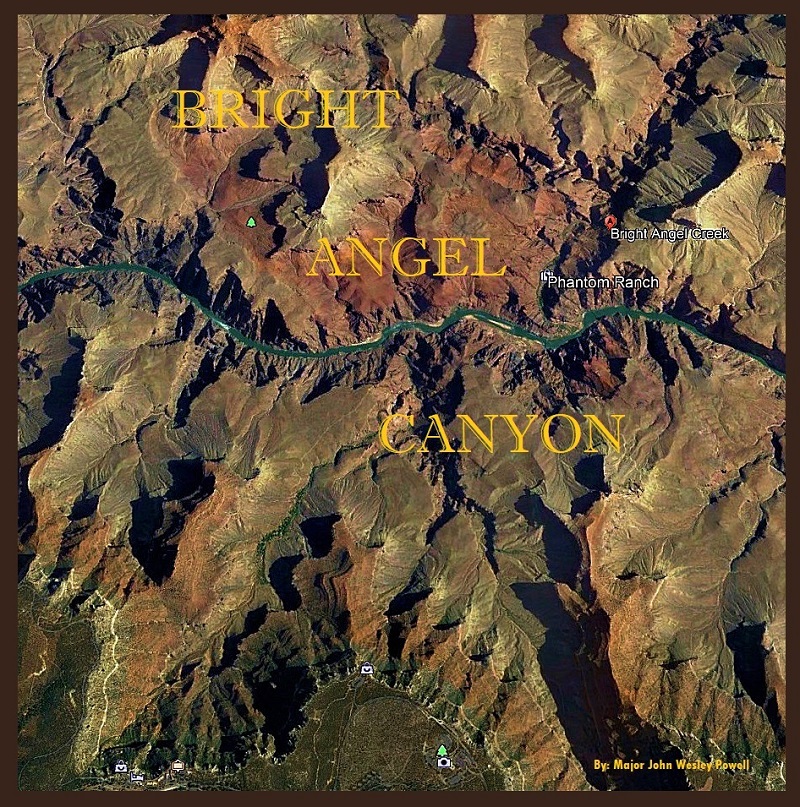

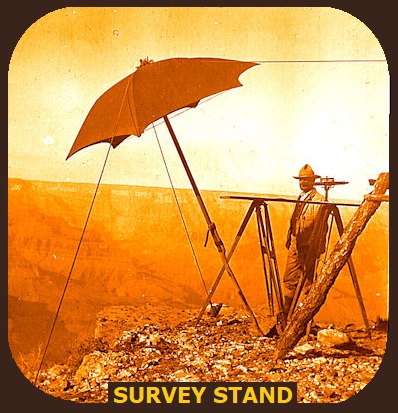

GRAND CANYON VILLAGE


In November of 1977 I drove our family
from our home in Kingman to see
The Grand Canyon.
While in Country Village, my son, Bryan
said " Can we out and see the rocks?"
So He and I walked down the trail to the
first Passage. Bryan ran down to the
second (2) trail step and dashed across
the grassy rocks and dirt and stepped
out on top the PLATFORM ROCK.
So I walked on the ledge above him (1).
from our home in Kingman to see
The Grand Canyon.
While in Country Village, my son, Bryan
said " Can we out and see the rocks?"
So He and I walked down the trail to the
first Passage. Bryan ran down to the
second (2) trail step and dashed across
the grassy rocks and dirt and stepped
out on top the PLATFORM ROCK.
So I walked on the ledge above him (1).
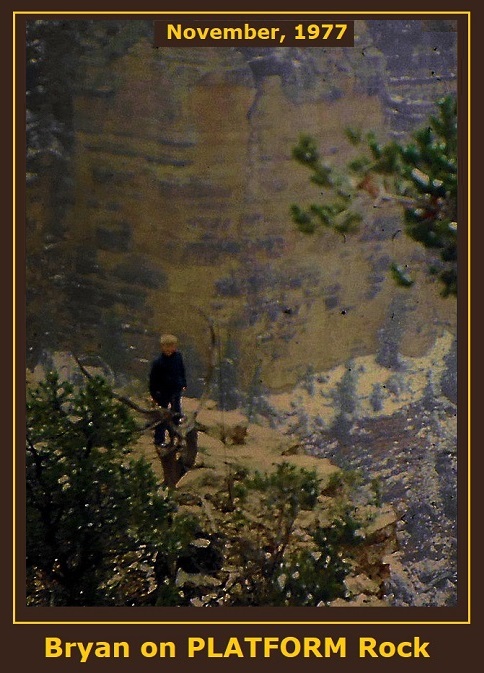

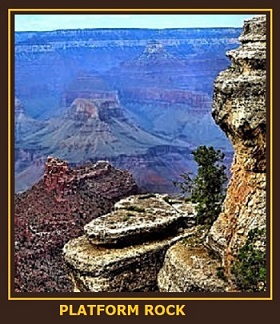
We then went back inside to be with
my wife, Letha and daughter Kelly.
We had a lot of sight seeing planned for this day.
my wife, Letha and daughter Kelly.
We had a lot of sight seeing planned for this day.
I took
this photo
from the
ledge
above.
this photo
from the
ledge
above.

BRIGHT ANGLE CAMP GROUNDS
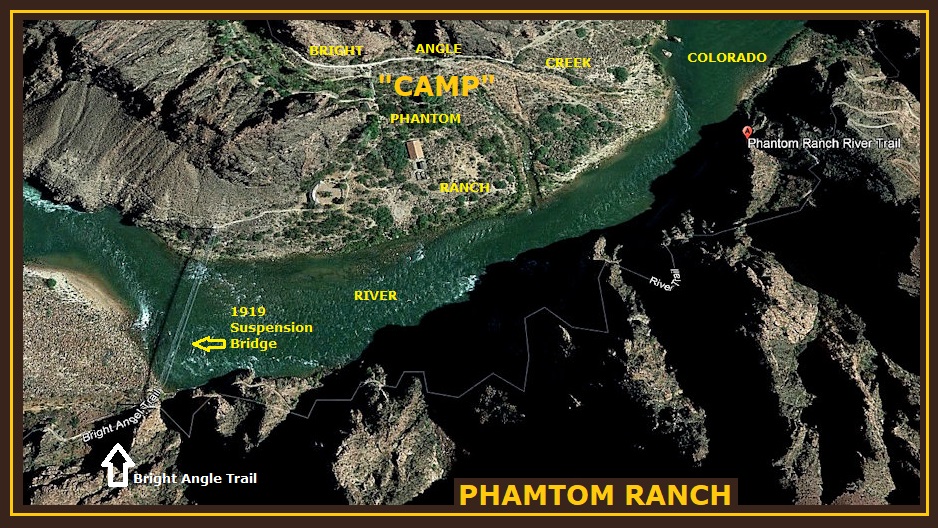

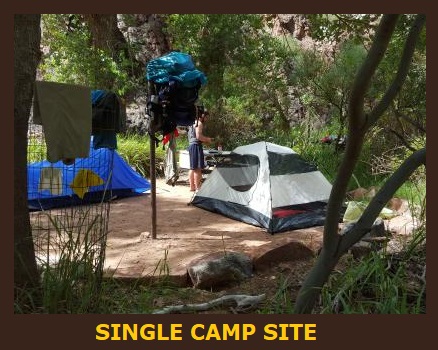
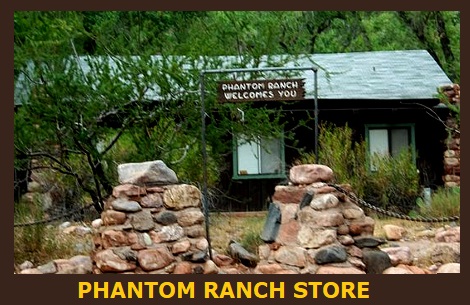
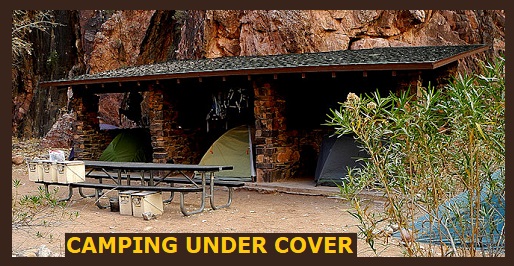
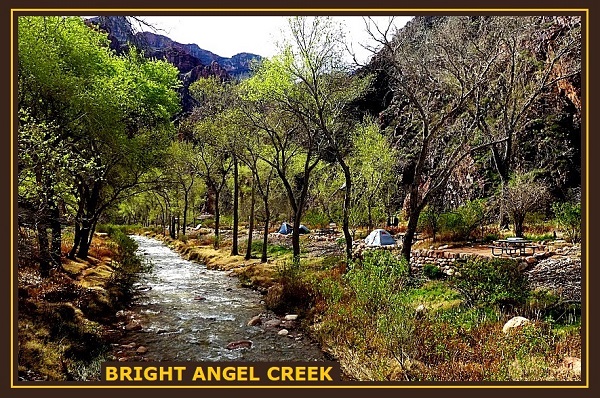
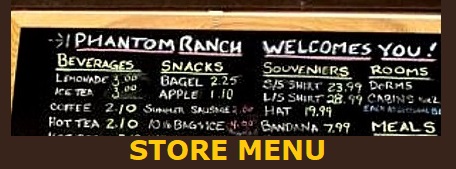
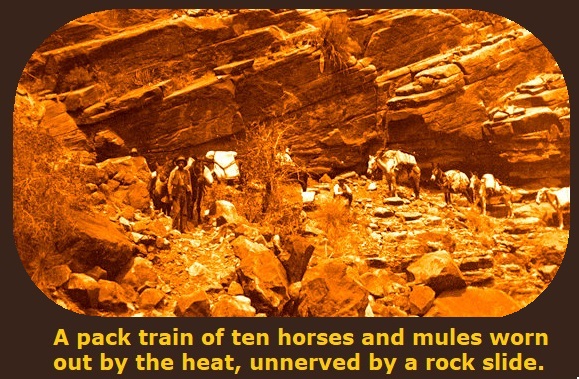
The mule carrying the most precious burden, the instruments and the newly made maps - was led with particular care, but she lived up to her reputation and made the trip without a stumble.
The site of Phantom Ranch and the areas around it were used by various Native American peoples for millennia.
Numerous artifacts, including split-twig figurines carbon dated at 4000 years old, have been discovered in nearby caves. Puebloan peoples built pit houses and a ceremonial kiva in the area around AD 1050, and likely survived by hunting and growing corn, beans, and squash. Paiute and Havasupai people also inhabited Grand Canyon for many centuries and probably visited the area, although no direct evidence of this has yet been discovered.
Phantom Ranch
is one of the earth's
most restful spots.
Time for a swim
or shower before
dinner.
is one of the earth's
most restful spots.
Time for a swim
or shower before
dinner.
This meal is served
family style and
if you prefer to
stand after eight
miles in the saddle.
.
family style and
if you prefer to
stand after eight
miles in the saddle.
.






